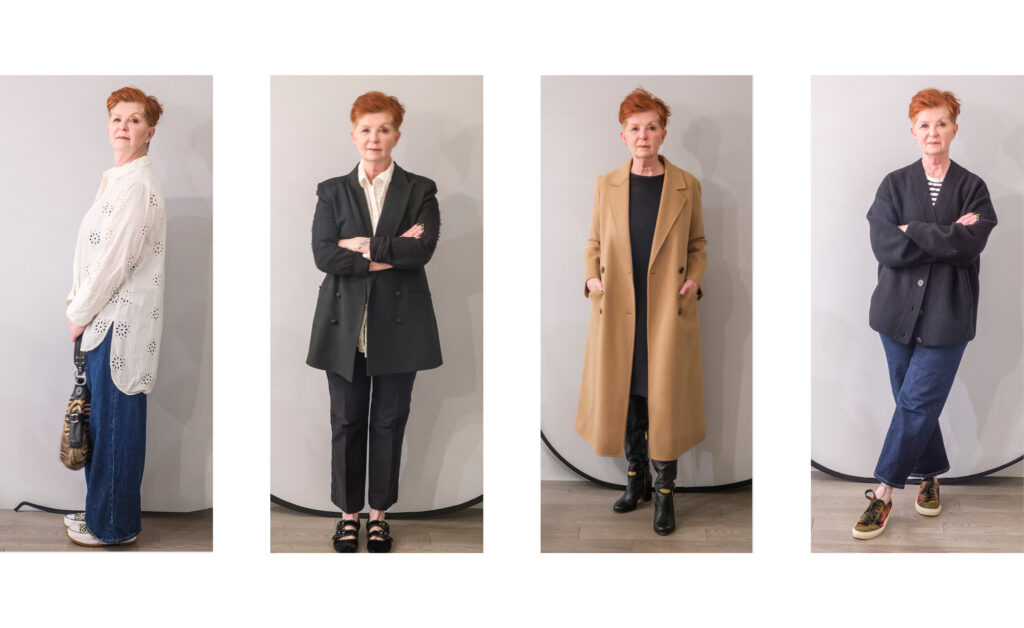– by Barbara Julian –
We chug our way across Haro Strait to San Juan Island for a nature break. Suddenly, several rolling black and white bodies slide under our boat and surface on each side, electrifying our little crew with excitement. Orcas! Four? Five? They surface, circle and disappear so fast and with such muscular agility, seeming both purposeful and insouciant at once, that we can’t be sure of the number. We are sure though that this is a deliberate greeting, a salute by encirclement, a communicative display.
From beaches, sailboats, zodiacs and kayaks, Vancouver Islanders are accustomed to tantalizing glimpses of our cetacean neighbours. Orcinus orca is our marine companion, spiritual sister, signature wildlife species and, to many, a source of anxiety. What will become of its kind? We know that many things cause a decline in whale numbers (dwindling salmon stocks, pollution, underwater noise), and one local MP, Randall Garrison (Esquimalt-Juan de Fuca) has tabled a Motion in Parliament calling for a recovery plan for the “Southern Residents,” which were listed as endangered under Canada’s Species At Risk Act in 2002.
The resident pods that swim off Sidney are down to 81 members. One, Lolita-Tokitae, is the object of a campaign to release her from imprisonment in a tiny concrete pool at Miami Seaquarium, where she has been since 1970 when she was captured off Washington. Member of a highly intelligent family-oriented species that swims thousands of underwater miles every year, Lolita has not for 44 years swum freely, led a normal cetacean life or communicated with her family who still swim off our shoreline. Although each orca in Lolita’s community is numbered and their family relationships well understood, much about orcas remains mysterious. It is hard for humans to imagine living largely underwater, always moving, sleeping with one half of your brain at a time, and mapping your surroundings using multiple layered echoes received through specialized membranes in your skull.
For both compassionate and scientific reasons, activists on both sides of the Canada-U.S. border are lobbying officials to return Lolita to her home waters – which are our waters. A letter-writing campaign is directed at the Seaquarium, and Washington-based Orca Network has created a detailed Lolita Retirement Project which designates a bay on San Juan Island as Lolita’s “halfway house.” Vancouver Island whale lovers long for the day they might watch the miraculous reunion of Lolita and her family off our own shoreline.
Our resident orcas are close yet elusive, powerful yet vulnerable, in an ocean filled with pollution and increasing shipping noise. The U.K.-based group Whale and Dolphin Conservation promotes a 10-point “Declaration of Rights For Cetaceans.” These include rights to freedom and safety not only as a species, but as individual whale “persons.” Steven Wise, founder of the Nonhuman Rights Project, defends individual animals’ right to personhood in the courts. Wise notes that cetaceans “have deep emotions, understand one another’s minds, live in complicated societies, transmit culture, use sophisticated communication, solve difficult problems, and even mourn the loss of their loved ones. Just like humans.”
This is not news to those who watch the whales of the Salish Sea; we already know that when greeting us on the waters and leaping around our boats they are communicating as individuals more like than not like ourselves.
There will be an opportunity to sign “letters for Lolita” on August 8th, the anniversary of her capture, from noon until 2 p.m. at the corner of Government and View Street in downtown Victoria. More information available from freecaptiveorcas@gmail.com.
If you have a passion for whales, check out these websites: www.whalesbc.com/, www.orcalab.org, www.orcanetwork.org, and www.cetussociety.org.
Photo courtesy Ian Jansma, Raincoast.




